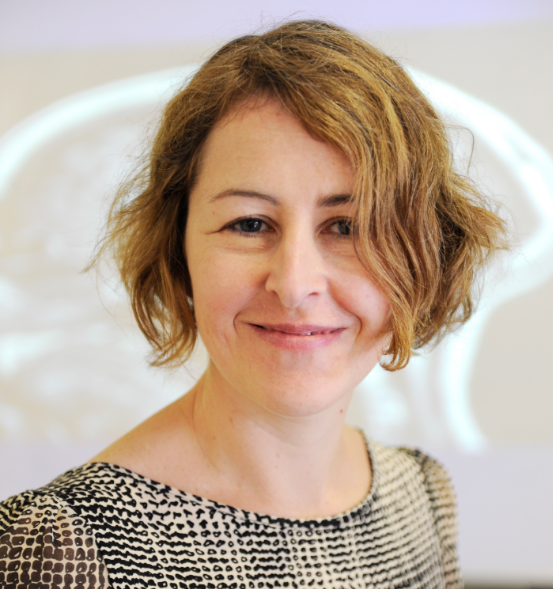The changing styles of teaching medicine
The changing styles of teaching medicine
We bring you a teacher’s perspective on life at medical school.
Senior psychiatry lecturer Aileen O’Brien tells us about ever-evolving teaching methods in medicine, and she takes us inside the working week of a teaching professional.

I am Aileen O’Brien, a senior lecturer in psychiatry with a job that is part time at the medical school at Georges and part time at the psychiatric hospital in Tooting, Springfield Hospital, where I’m a Consultant.
Six years ago I became a Consultant and I specialise in intensive care psychiatry.
I’ve always been interested in research and teaching medicine and so have mixed clinical psychiatry with both of these. This means I have a lot of variety in my week, and the teaching and research keep me up to date with clinical psychiatry whilst the things that happen on the ward I can use in my lectures as examples.
I’m also lucky as a senior lecturer to work with a real variety of people, academics and clinicians, doctors of all speciality and people of all types of background who work with the students.
The way students are taught has developed over time, moving away from lots of lectures to more small group interactive sessions, clinical and problem based learning, and more use of e-learning. It’s a much more interesting way to learn than the hours of memorising students were asked to do in the past.
It’s also really important to integrate the theory with practice and to get exposure to patients when teaching medicine.

In psychiatry we give lectures from the start but combine this with clinical demonstrations, expert sessions with patients and later with time spent at psychiatric hospitals. We’re also trying to develop more e-learning opportunities for students in psychiatry.
Our Advantages
Quality Work
Unlimited Revisions
Affordable Pricing
24/7 Support
Fast Delivery